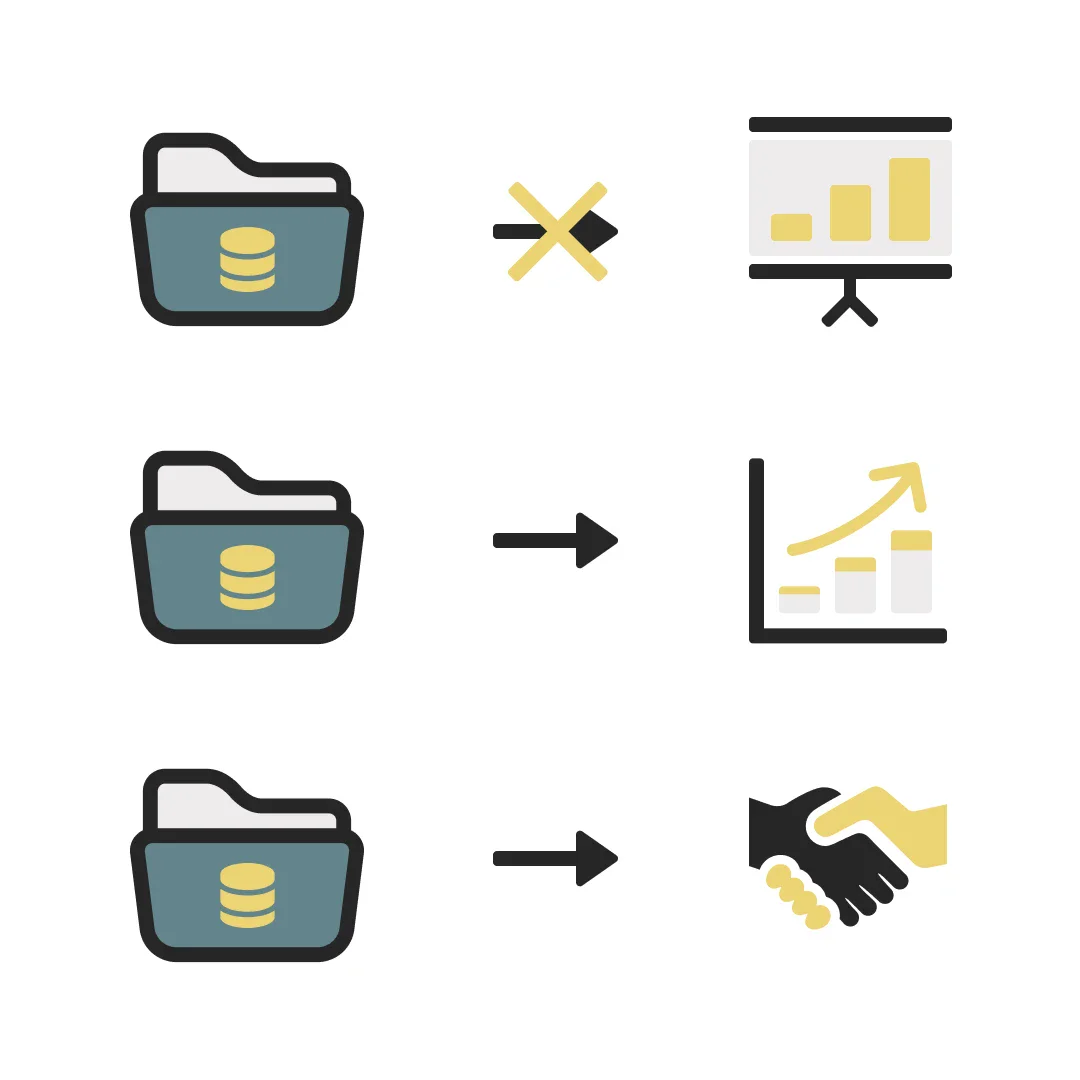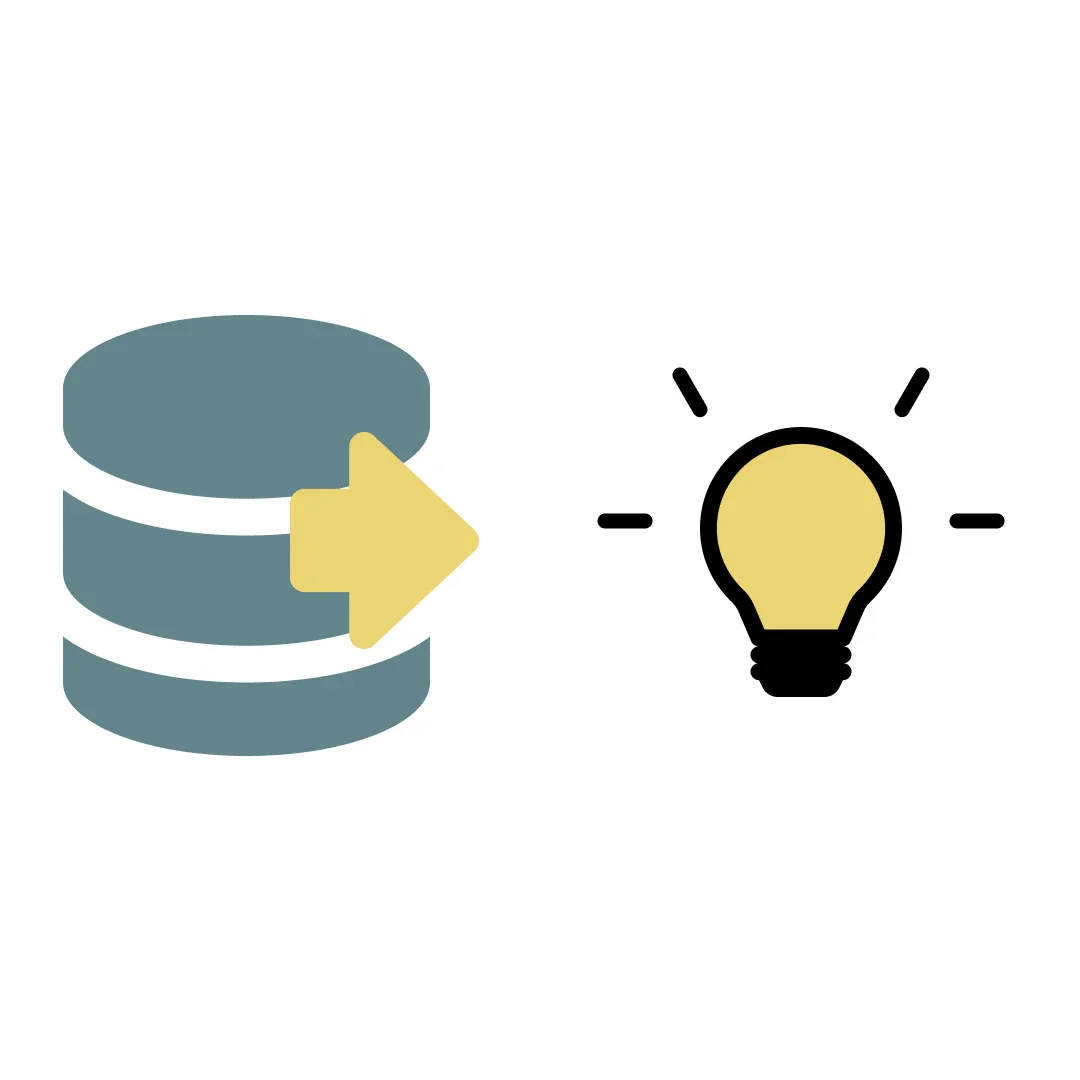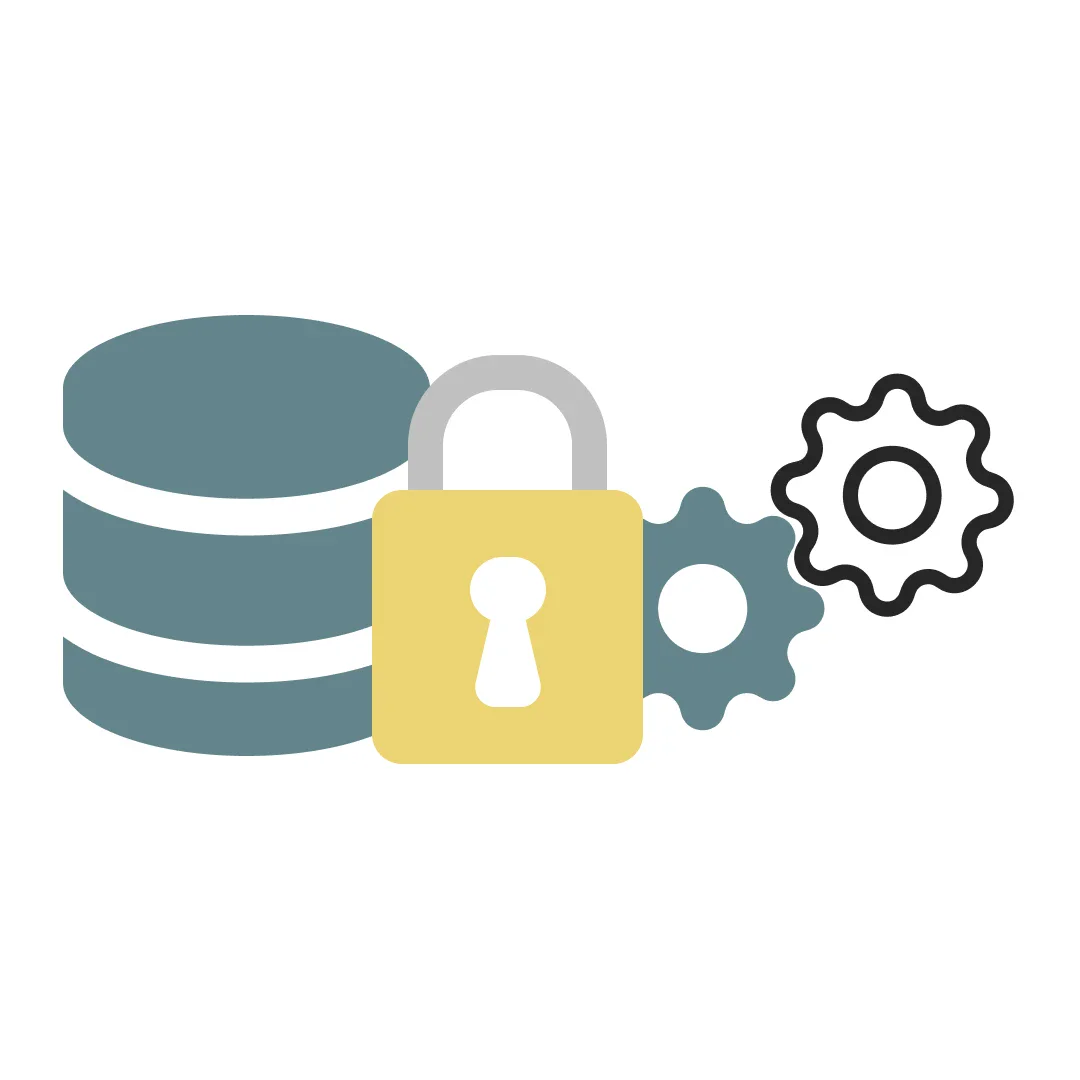6 tips for your data strategy

What is a data strategy?
With a data strategy, you lay the foundations for the long-term vision of a data-driven company. Every company can benefit from processing and using relevant data. The data strategy defines the long-term plan, describes the individual processes, outlines the tasks and functions of employees, as well as the technologies that are required. The result is information that can be used to make informed decisions through good data analysis and management.
You should see data as a strategic building block with which you can expand and extend your product and service portfolio in the long term. However, this is not just about operational development, but also about developing the mindset of your employees towards data-driven thinking and the professional handling of data.
Not yet convinced that a data strategy could also be relevant for your company? Then I would like to give you three suggestions from Bernhard Marr - one of the most renowned data experts. He is convinced that every company that wants to offer its customers the following can benefit from and should have an interest in data strategy:
- Products that are tailored to the customer
- Services that meet customers' needs better and more intelligently
- Prices that are competitive and economically justifiable
As a digital agency, we can help you to make your company data-driven. This way, you too can benefit from the economic added value. Working with data and implementing dedicated tools does not always have to be expensive and does not directly require data scientists. Start with the first steps and the right mindset.
You should follow these 6 tips when creating a data strategy
The creation of a data strategy goes through several steps and processes. You should be familiar with these key areas:
1. Link the data objective with a strategic corporate objective
When you develop a strategy, the data objective should always contribute to a corporate objective. This could be, for example, an increase in turnover, the development of new business models or employee recruitment. The data objective should aim to solve a critical business problem or clarify a specific business issue. Therefore, make sure that the core questions (KBQ) formulated for this purpose are structured in such a way that they are not formed in isolation from the corporate strategy.
This step is not only essential for the success of the strategy and the achievement of the data target, but also for future communication. Managers and stakeholders are more easily convinced of a change or task if it can be justified economically or by the existing corporate strategy.

2. Define KPIs (key performance indicators) for measuring success
The Key Performance Indicator (KPI) is a simple and comprehensible key figure that represents a picture of performance. This performance is achieved by an employee, a team or Business Unit and the achievement of objectives is measured in the form of KPIs.
These KPIs must be derived for the strategy from the previously defined Key Performance Questions (KBQ). The overarching question is: "What is the goal of the data project and how can we measure it?" - the search for the data requirement. This involves checking which data is needed to achieve the objectives, i.e. what requirements we have for the data and where this data comes from. This can be both internal and external data, which in the best case can be both structured and unstructured.

3. Clarify the required data sources
Once the data requirements (KPIs) have been defined, the search for suitable data (sources) begins. This raises the question: "What data is required and how do we obtain it?".
There are many options when choosing the data. You can choose between structured data such as from an Excel sheet or unstructured data from, for example, Blogcomments. The origin of the data can also come directly from the company(internal) or from a third-party provider(external). The only important thing is to select the most relevant data from the variety of data in order to obtain as clear and complete a picture as possible.

4. Consider data consumers and Insights users
Include the question of how your stakeholders obtain the data and how they can use or consume it. As a marketer, it rarely makes sense to inform your sales colleagues about the figures from the front. Instead, you should involve your colleagues (consumers) and provide them with visualizations and data as required and according to the pull principle. Make sure that the dashboards are not overloaded and remain easy to consume, even for complex topics. The users of the data should receive the right Insights or be able to derive them.

5. Data governance - taking responsibility for data
The significance and importance of data protection should be known at the latest since Edward Snowden's leaks. With the provisions of the GDPR, however, there are no more excuses. Data governance is an important topic, especially in view of the wealth of data that is collected for such a data strategy. You should therefore clarify from the outset who is responsible for the project and ensures that data is not only correct, up-to-date and complete, but that it is also collected and stored securely. Act responsibly and ethically when using the data so as not to damage the trust of your customers.

6. Implementation of data-driven decisions & competencies
Two points are essential for the successful implementation of a data strategy: the data culture in the company, which starts with the management, and the personnel skills available for the project.
Check in advance where your company currently stands and what resources and tools are available. Gaps in qualifications and structure can be closed by training employees. You can also outsource sub-areas such as data analytics (data collection and data analysis) to a partner such as sitegeist. However, make sure that you create an exchange of knowledge and that the expertise and exchange is brought back into your company.




